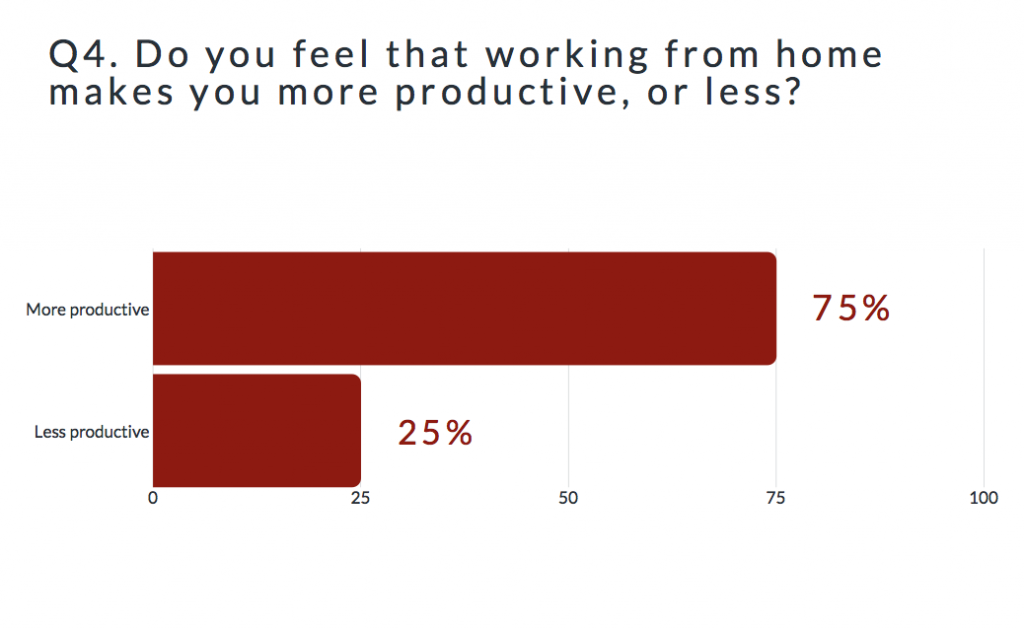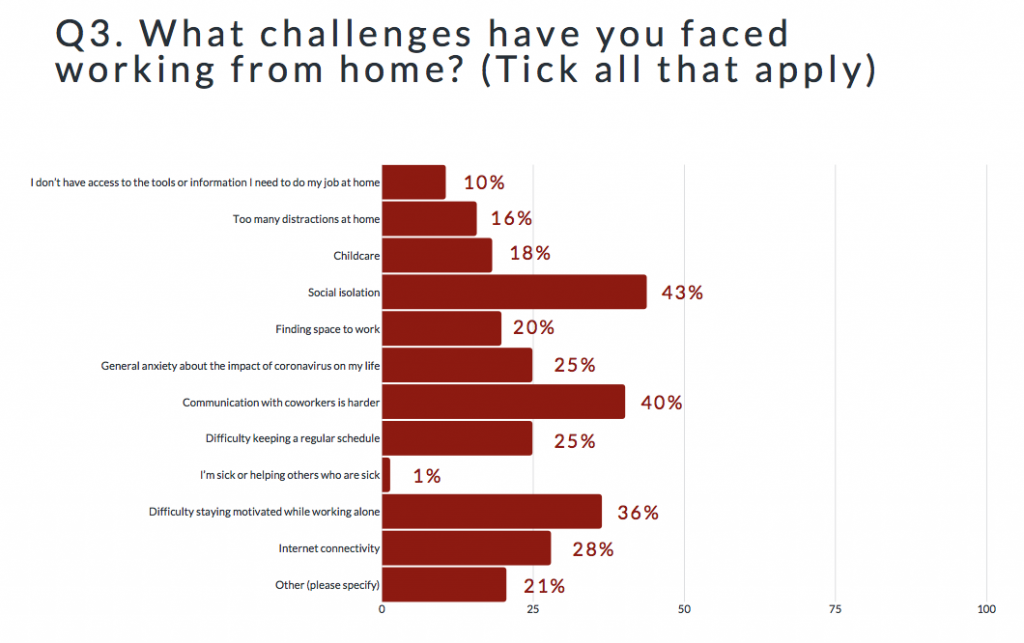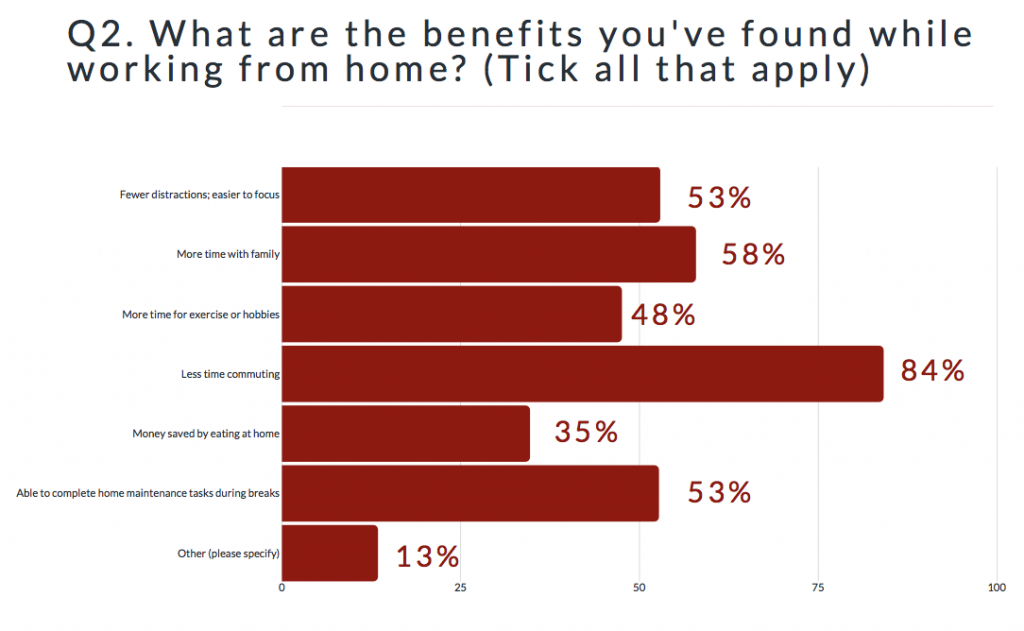The disruption of this year’s global pandemic has impacted businesses and individuals in just about every industry. Some have struggled to bounce back. Others have found ways to adapt, survive and even thrive in the ‘new normal’ we’ve found ourselves in.
The cold-water shock of the last few months has demonstrated a point I include in all of my coaching and training: change is constant. We can’t avoid it, and we can’t resist it. The best way to deal with change is to plan for it; to have a clear vision of where you want to go, what you need to get there, and what’ll happen when you do.
A few years ago I put together a book with Mark Peters (then MD of Pirate FM) called Evolve or Die: the Ultimate Self Help Book. It was designed to help individuals and businesses map out a path for change, so that they could move with the evolving world around them. Over the last few months I’ve revisited the book, and put together an online course to work alongside it: it’s designed to help you get the most out of the whole process, so you finish the course and book with a solid, actionable, realistic plan to get you where you want to be.
A good time for change
I work with lots of clients – both individuals and businesses – who have been making major changes to the way they operate as a result of the pandemic. Many people found that working more flexibly offered them a better quality of life, more productivity, and better job satisfaction, and they’re now making long-term changes to the way they work. As challenging as the last few months have been, this time has also been a period of reflection and reevaluation for many of us: what do we want our lives to look like? Are we working in a way that supports our goals and our values?
What you’ll get from the course
The Evolve or Die book is designed to be the ultimate self-help guide: you write your own story. Each section will ask you questions about what you’d like to achieve, where you want to go, and how you’re going to get there. The online course will walk you through each chapter, and provide guidance on how to fill out your book, to help you get the most out of the process. You’ll finish with a plan that’s specific to you and your goals, ready for you to put it into practice.
Who is this course for?
The course is for anyone who’s found themselves in a time of change: maybe you’d like to make changes to the way you work, or plan for some personal goals. You might be thinking of a career change, or perhaps you’d just like to prepare for the uncertainty that coronavirus has brought about. It can be used as a business planning tool, or for a specific, short-term objective.
You can take the course here. Registration costs £30 and includes a free copy of the Evolve or Die book.
If you’ve got questions about the course, feel free to get in touch. If you’re looking for more business-focused planning tools or training, have a look at our business coaching page. You can also view our other online courses here.












